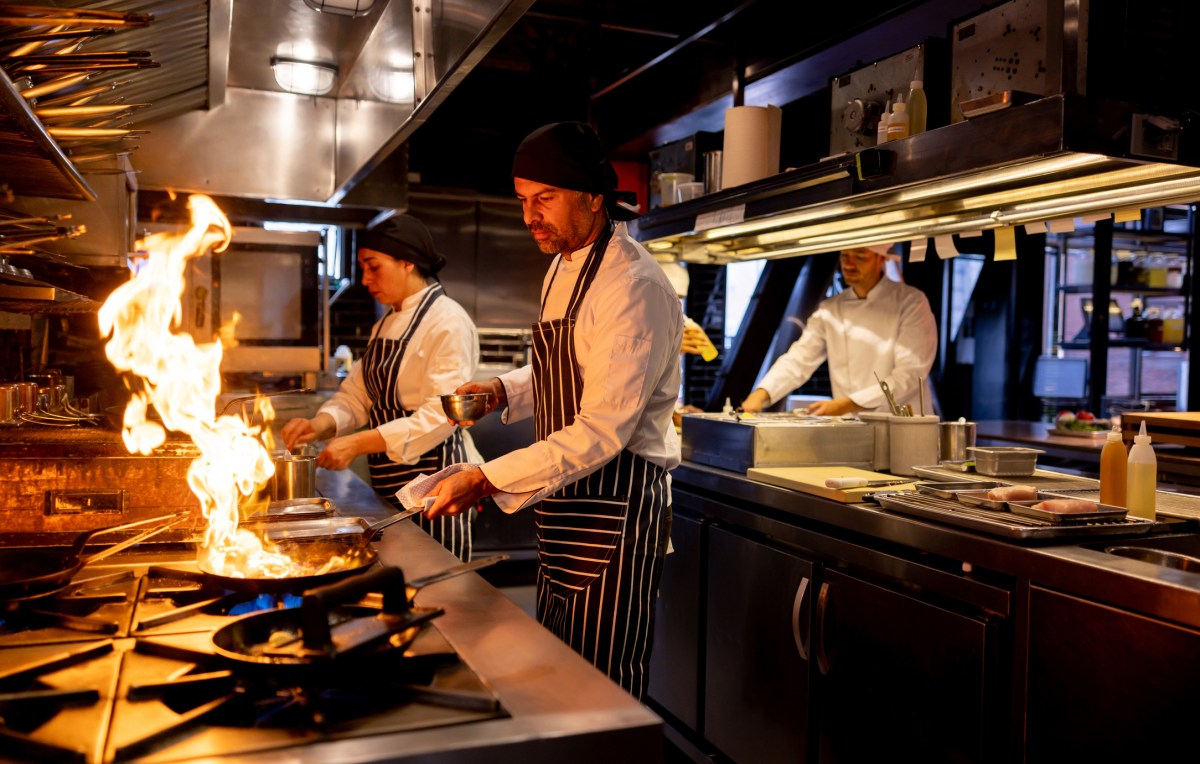Waste covers so many aspects and areas in a commercial kitchen; some can be controlled, but most can be minimised. Start with a waste audit across the operation. Some areas to consider are:
Yield loss from production
Have you checked the bins for how much gets thrown away?
Check discarded bits from the capsicums, tomatoes, cucumbers, lettuces, onions, celery, meat, chicken, fish – in fact everything that is used in production. How is it stored and what is the shelf life versus waste? Do you have a costed waste sheet?
Engage your team to identify ways to improve yield. What can the “scraps” be used for?
Remember that a badly topped and tailed item can amount to 25 per cent of the total. I personally see heaps of food hit the bin during my consulting. Most beans, for example, lose at least 25 per cent of their yield due to poor practices.
Chips, salad and vegetables are probably the most thrown out items on a plate. Check your plate returns at the dishwasher. An average amount of 40 per cent return of these items is “normal”.
Water overuse
In some establishments I visit, there is often constantly running water, leaking taps and a poor dishwashing operation.
Bear in mind that most older dishwashers use up to three times the volume of water than a new environmental unit will use to achieve the same task. This also results in three times the chemical usage, as titration is based on volume.
Cheap equipment, pots and utensils
The temptation to purchase the cheapest mixer or slicer is based on budgets. I see so many of these cheap pieces sitting broken and idle. Replacement is expensive, so it is worth considering purchasing a proven stronger unit up front, as the operating life is usually much longer and hence replacement is delayed.
There is currently a deluge of super cheap stainless-steel benches, bowls, trolleys, pots, pans and utensils. The reason they are cheap is because the stainless steel is thinner and contains less nickel.
The cheaper stainless steel will bend, rust and corrode quicker. Often tiny holes appear, rendering these items useless. I see so many bowls and gastronome trays thrown away.
So many ladles, spoons, tongs and scrapers snap so easily, handles fall off and they end up in the bin. Good quality will prove to be a better investment in the end.
Frying pans with handles that fail is becoming normalised now, whilst nonstick coatings start to peel in record time. Consider solid one-piece pans that are indestructible. Just remember to season them often!
Rubbish and garbage miles
There are a variety of food separation waste products in the marketplace and the environmental footprint will vary among them depending on the process. The most important thing is that they all remove food waste from landfill.
I believe the question comes down to how the process used affects the environment, which is all down to garbage miles. Just like food miles affect the environment, so do garbage miles.
Review the collection process: does a truck need to pick up the waste and then still process it further offsite, or can it be finished on site, resulting in minimal garbage miles?
Gas and Electricity
This is where huge savings can be made easily. It is the “norm” in most kitchens to have combi ovens raging away all day, along with char grills, fryers and boiling baskets. Managed correctly, usage can be dramatically reduced.
So many modern units go from cold to full temperature very quickly, so test it and enforce it.
Remember that now is always the right time to review your operation to create a more efficient and sustainable kitchen.

Paul Rifkin: Head Chef Mentoring and
Fine-Tuning Specialist for Club Catering
chefpaulrifkin consulting

